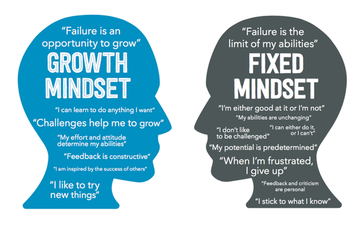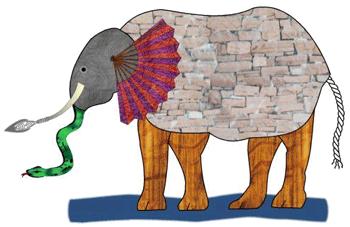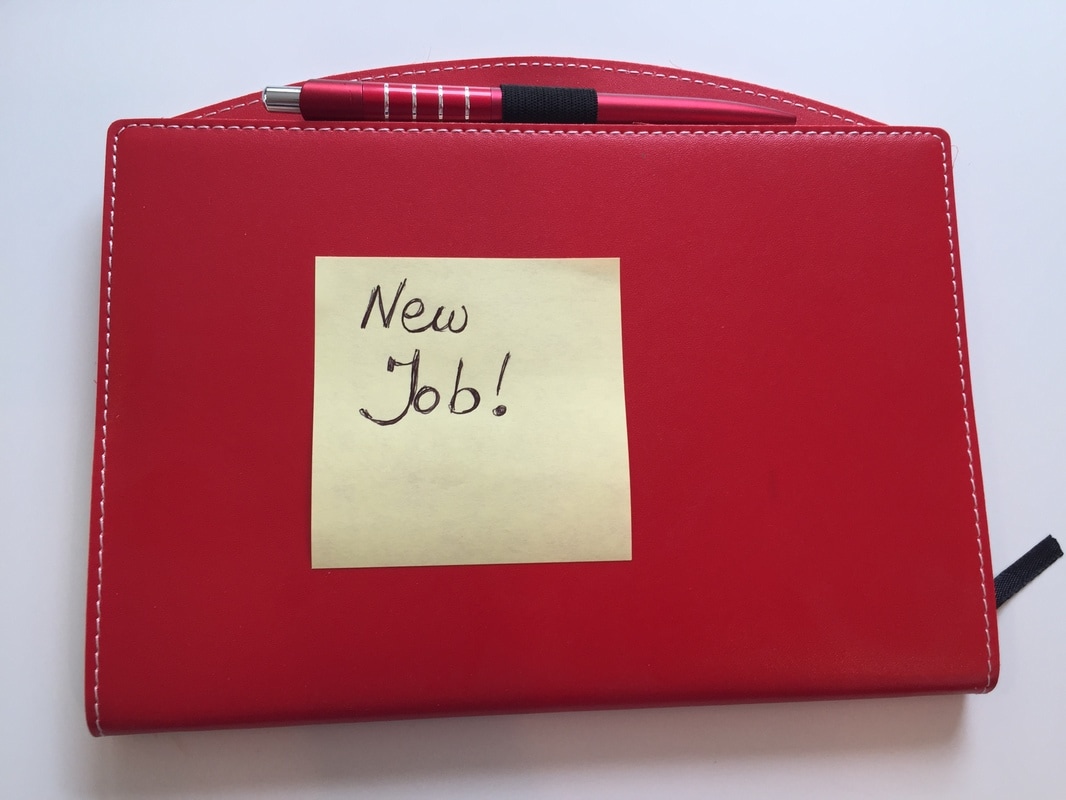
Our values lie at the core of who we are – they define what we deem important in life and in work -- but they are very infrequently verbally expressed. Instead many of us choose to communicate what we value through our behavior and actions.
We are content and at peace when our values and our actions align. On the contrary, when we experience tension, anxiety and unrest, it is a sign that our beliefs and our actions are out of balance.
WHEN WE HONOR OUR VALUES, WE MAKE DECISIONS BASED ON CLEARLY DEFINED PRIORITIES. WE ARE PURPOSEFUL WITH OUR CHOICES AND WE FEEL A SENSE OF WHOLENESS AND FULFILLMENT. WHEN WE ARE OUT OF TOUCH WITH OUR VALUES, WE HAVE NO INTERNAL COMPASS TO HELP US MAKE DECISIONS. WE TEND TO PRIORITIZE THE WRONG THINGS WHICH CAN LEAD TO UNHAPPINESS AND DISSATISFACTION.
Often, we’ll have a vague recognition that something is wrong, but won’t take steps to delve deeper until a change in circumstance, such as starting a family, or a more negative event like a job loss or a family illness jolts us to action. Those events can serve as important wake-up calls, but should they be the only time we open ourselves to taking stock of what’s truly important?
Today is as good as any other day.
DEFINING OUR VALUES CAN HELP US MAKE IMPORTANT LIFE DECISIONS AND ANSWER IMPORTANT QUESTIONS.
- What type of job will I find fulfilling?
- How can I prioritize my personal and professional goals?
- Where should I live?
- What kind of role model do I want to be to my kids?
UNDERSTANDING WHAT YOU VALUE MOST IS THE FIRST STEP IN CREATING A ROAD MAP TO LIVING YOUR BEST LIFE. ALTHOUGH OUR CORE VALUES ARE GENERALLY STABLE, SOMETIMES AS WE GROW OR OUR SITUATIONS CHANGE, WHAT WE ONCE DEEMED IMPORTANT SHIFTS. OFTEN, WE WITNESS THOSE SHIFTS IN THINKING AFTER BIG LIFE EVENTS.
Keeping a check on our values is therefore a lifelong exercise. Taking some time to revisit what you value can help you stay on the right course, clarify your priorities and re-balance your life.
EXERCISE.
STEP 1.
Think about the times in your life (starting childhood through present) where you’ve felt happiest and most fulfilled. What were you doing (personally, professionally)? Who were you with? What goals were you accomplishing?
Write down any common themes. For example, you notice that you feel happiest and most fulfilled when you are entertaining others, spreading joy and laughter, putting on formal or informal performances, and being the life of the party. Or, you may be most fulfilled when you are helping others in need and providing a service that helps other people improve their circumstances. You like to provide help in times of crisis.
STEP 2.
Read through the list of values below. Go through the list once and cross out any values that clearly don’t match with what you deem important. For example, if you enjoy solitude, reading and quiet walks by yourself or a close friend, then socializing is probably not your most important value. Cross it off the list. Do this until you’ve narrowed down to 30-40 values.
Next, look through the remaining values and group together any values that overlap. For example, Honesty, Integrity, and Lack of Pretense would go together.
| Accountability Accuracy Achievement Adventure Aesthetics Affection Altruism Ambition Assertiveness Authenticity Autonomy Avoidance Balance Beauty Belonging Boldness Calmness Carefulness Challenge Cheerfulness Clear-mindedness Commitment Community Compassion Competitiveness Connection Consistency Contentment Continuous Improvement Contribution Control Cooperation Correctness Courtesy Creativity Culture Curiosity Decisiveness Dependability Determination Devoutness Dignity Diligence Discipline Discretion Diversity Dynamism Economy | Effectiveness Efficiency Elegance Empathy Empowerment Enjoyment Enlightenment Enthusiasm Entrepreneurship Equality Excellence Exercise Excitement Expertise Exploration Expressiveness Fairness Faith Fame Family Fidelity Financial Security Fitness Fluency Focus Freedom Friendship Fun Fulfillment Generosity Goodness Grace Growth Happiness Hard Work Harmony Health Helping Society Holiness Honesty Honor Humility Humor Inclusivity Independence Ingenuity Innovation Inquisitiveness Insightfulness | Integrity Intelligence Intellectual Status Intimacy Intuition Joy Justice Lack of pretense Leadership Learning Legacy Leisure time Love Loyalty Making a difference Making money Marriage Mastery Merit Obedience Openness Opportunity Order Organization Originality Patriotism Peace Perfection Performance Perseverance Personal Development Piety Playfulness Positivity Practicality Preparedness Professionalism Prudence Quality Recognition Reliability Resourcefulness Restraint Respect Results-oriented Rigor Risk-taking Safety | Saving Security Self-actualization Self-esteem Self-control Self-expression Selflessness Self-reliance Self-respect Sensitivity Serenity Service Setting example Shrewdness Simplicity Socializing Social advancement Solving problems Soundness Speed Spirituality Spontaneity Stability Strategic Strength Structure Success Support Synergy Teamwork Temperance Thankfulness Thoroughness Thoughtfulness Timeliness Tolerance Tradition Trustworthiness Truth-seeking Understanding Uniqueness Unity Usefulness Vision Vitality Wealth Winning Wisdom |
Keeping in mind your reflections from Step 1, compare the remaining values/buckets of values. Which of the remaining values do you consistently honor in your life? Which would you like to prioritize more?
You are trying to identify your top 10.
It may help to pick two at a time and think about them side by side. Your goal is to re-order them from least important (at the bottom) to most important (at the top).
For example, if you are comparing Achievement and Adventure/Fun, you may think of a situation where you are given a last minute opportunity to travel to an exotic place you’ve always wanted to explore. Perhaps it's a friend's destination wedding. At the same time, you are on track for a promotion at work, but know that taking time off would set you back and/or possibly cost you the promotion. How would you resolve the conflict? Would you choose Adventure over Achievement or vice versa? Re-order the values accordingly.
Prioritizing like this will take some time but it is a worthy exercise.
WHEN YOU CAN CLEARLY DEFINE AND EXPRESS YOUR VALUES, YOU'LL FIND YOURSELF LIVING A MORE PURPOSEFUL AND CONTENT LIFE. YOU WILL FIND IT EASIER TO MAKE IMPORTANT DECISIONS AND WILL FEEL COMFORTABLE WITH THE CHOICES YOU MAKE. LIVING A LIFE IN ACCORDANCE WITH ONE’S VALUES MAY NOT ALWAYS BE EASY, BUT IT WILL ALWAYS GUIDE YOU IN THE DIRECTION THAT'S RIGHT FOR YOU.














 RSS Feed
RSS Feed